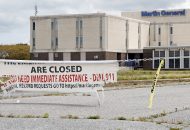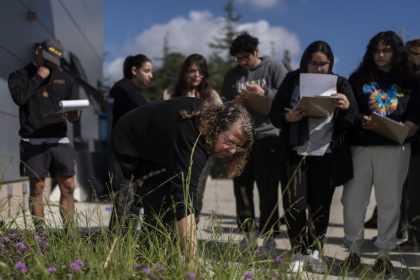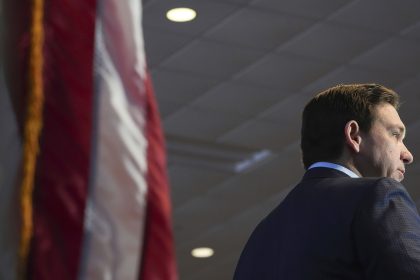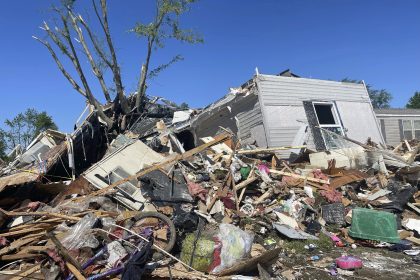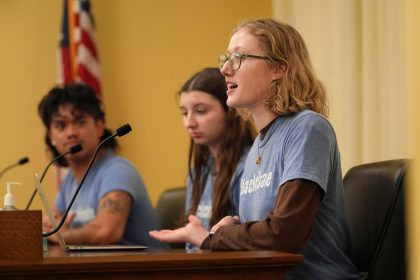Maui Fire Department Report on Deadly Wildfire Details It Was No Match for Unprecedented Blazes
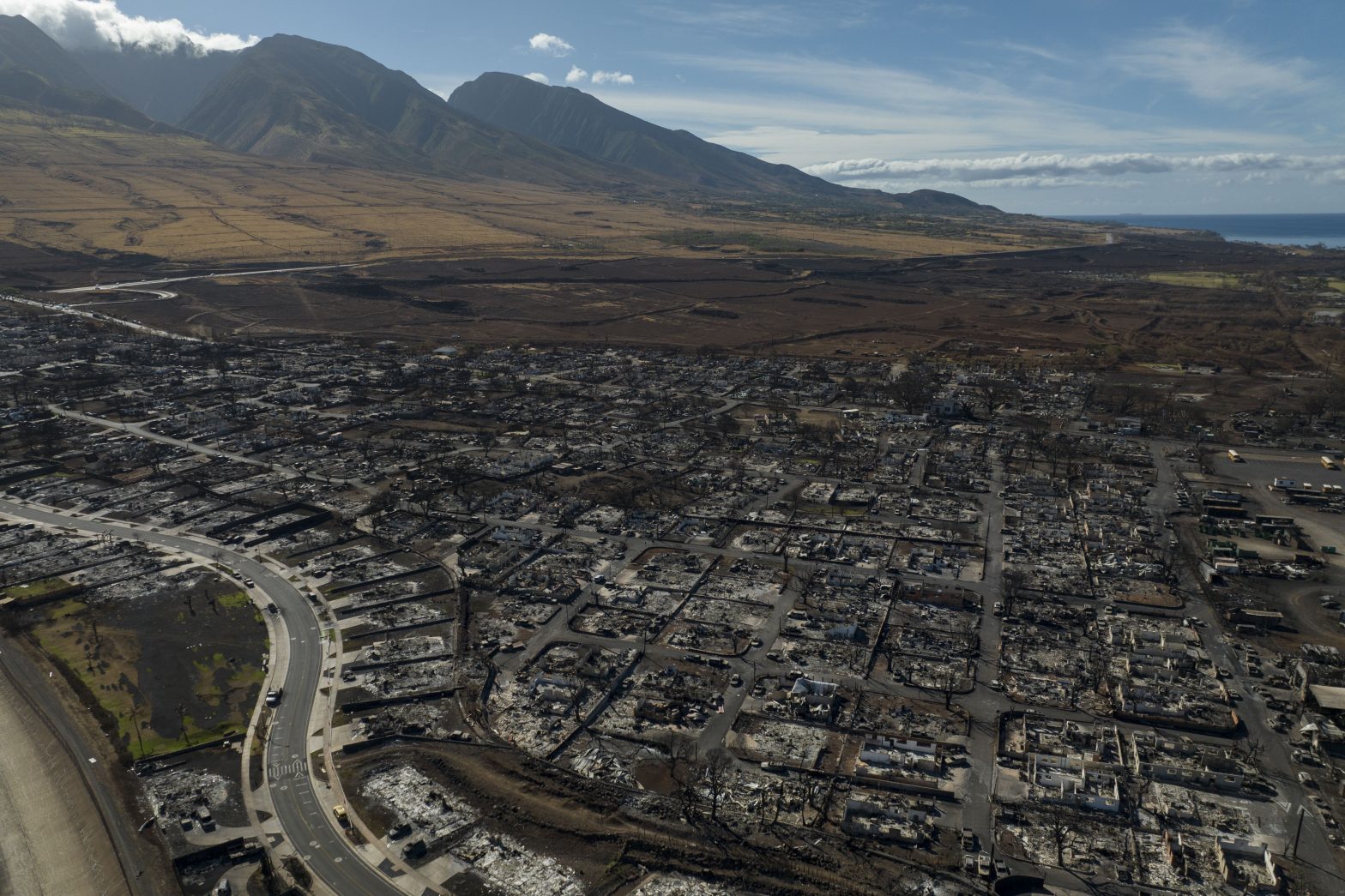
HONOLULU (AP) — When wildfires broke out across Maui last August, some firefighters carried victims piggyback over downed power lines to safety and sheltered survivors inside their engines. Another drove a moped into a burning neighborhood again and again, whisking people away from danger one at a time.
But despite devoting nearly all the personnel and vehicles it had to the fight on Aug. 8, 2023, the Maui Fire Department was no match for an unprecedented series of blazes including one that killed 101 people in the historic town of Lahaina, according to a newly released report.
Maui Fire Department workers “risked their lives in a valiant effort to stop the spread of the fires and save lives,” according to the report, made public Tuesday by the Western Fire Chiefs Association, and are now “grappling with questions about what they could have done differently, a reflection that will likely persist throughout the rest of their careers.”
It was the first of two major assessments of the deadliest U.S. wildfire in a century coming out this week. The Hawaii Attorney General is expected to release the first phase of a comprehensive report Wednesday that will include a timeline of the 72 hours before, during and after the fire.
The department’s report describes the difficulties and harrowing conditions faced by firefighters returning to the reignited Lahaina fire, including many resources being deployed elsewhere, structures quickly catching ablaze amid extreme winds and downed electricity lines making it hard to move resources.
It identifies 17 specific challenges faced by the department — including poorly stocked fire engines, a lack of mutual aid agreements between Hawaii counties and limited equipment — and makes 111 recommendations aimed at preventing similar disasters in the future.
“The worst-case scenario happened, the fire hydrants began to lose water supply,” the authors wrote. “It is unknown if the sheer number of burning homes caused the water connections to fail or if the water supply tanks were not filled due to the early morning loss of electricity.”
The report describes a truck getting caught between downed lines and the fast-approaching flames. One crew member was able to leave in a smaller vehicle and bring back police officers to evacuate the crew. They huddled to one side of the truck, one of them unconscious from a medical emergency, to avoid the extreme heat before they were rescued.
All of that happened before 4:30 p.m., according to the report.
“There were firefighters fighting the fires in Lahaina as they well knew their homes were burning down,” Fire Chief Brad Ventura said during a news conference in Kula on Tuesday. “There were firefighters who rescued people and kept them in their apparatus for several hours as they continued to evacuate others.”
Ventura said he was “incredibly proud” of the response but believes the department can always improve.
One recommendation is that the department keep all back-up vehicles ready to go. Extra engines that were on standby for large incidents took up to an hour to deploy, according to the report, because they needed to be stocked with the proper equipment. The report did not say what they were missing.
The report also describes the chaos after the fire raged out of control. Around 6 p.m., it says, fire trucks drove over downed power lines carrying evacuees to safety. One crew came across a couple who had found a baby, and another pulled people from the water near the sea wall after they jumped into the ocean to avoid the flames.
The report says a repeater enabled radio communications to stay up despite cell towers and fiber-optic cable damage taking down the cellular network, but they were overwhelmed due to “a variety” of unspecified reasons.
Other recommendations include creating a statewide mutual aid program and an evacuation plan for residents and tourists who speak different languages.
Many of the factors that contributed to the disaster are already known: A windstorm battering the island had downed power lines and blown off parts of rooftops, and debris blocked roads throughout Lahaina.
Hawaiian Electric has acknowledged that one of its power lines fell and caused a fire in Lahaina early on Aug. 8, but the utility company denies that the morning fire caused the flames that burned through the town later that day.
Roughly 40% of Maui County’s firefighting resources were already tied up fighting other wildfires on a different part of the island.
A smaller firefighting team was tasked with handling any outbreaks in Lahaina. That crew brought the morning fire under control and even declared it extinguished, then broke for lunch. By the time they returned less than an hour later, flames had erupted in the same area and were quickly moving into a major subdivision.
“Our firefighters are well-trained, they are well-equipped. They are basically forced to make decisions every single day with the best information available,” Giesa said of the crew leaving. “It’s 20-20 hindsight, but our crews did everything that they normally do on fires.”
Cellphone and internet service was also down in the area at times, so it was difficult for some to call for help or to get information about the fire. And emergency officials did not use Hawaii’s extensive network of emergency sirens to warn Lahaina residents. The after-action report also recommends that officials undertake an analysis of the island’s cellular system.
The high winds made it hard at times for first responders to communicate on their radios, and 911 operators and emergency dispatchers were overwhelmed with hundreds of calls.
Police and electricity crews tried to direct people away from roads that were partially or completely blocked by power lines. Meanwhile, people trying to flee burning neighborhoods packed the few thoroughfares in and out of town.
The traffic jam left some trapped in their cars when the fire overtook them, and others who were near the ocean jumped in to escape.
The report also highlights a vulnerability rooted in the dramatic changes Maui experienced since the arrival of Westerners and the conversion of land into pineapple and sugar plantations in the 19th century. When those closed in the late 1900s, the fallow lands became covered in invasive grasses. That and prolonged drought created a “volatile fuel bed” for fire, the report says.
Roughly 3,000 properties were destroyed when the fire overtook Lahaina, causing more than $5.5 billion in estimated damage, according to state officials.
___
Boone reported from Boise, Idaho, and Lauer from Philadelphia. Audrey McAvoy contributed.













